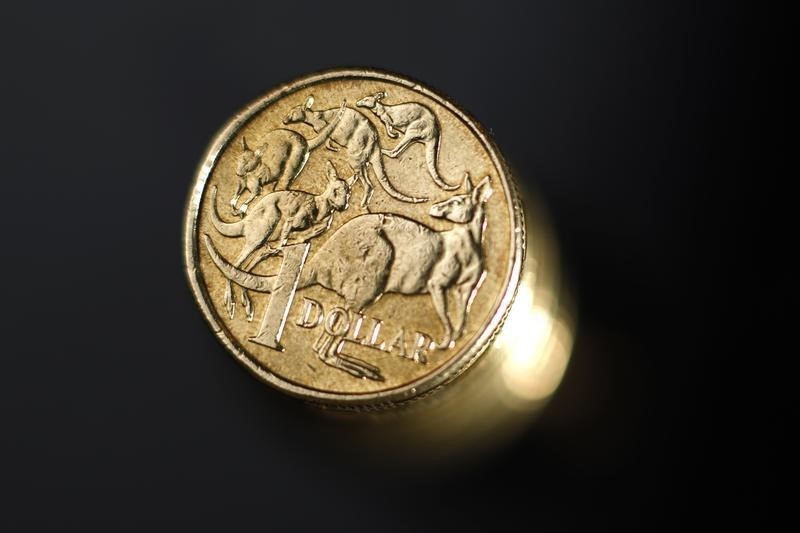By Swati Pandey and Ana Nicolaci da Costa
SYDNEY/WELLINGTON, Aug 30 (Reuters) - The Australian dollar climbed to a one-month high on Wednesday after second quarter construction spending rose the most on record, a surprising outcome that could lift economic growth well above initial expectations.
The Australian dollar AUD=D4 was up at $0.7985, a level not seen since Aug. 1 and compared with Tuesday's $0.7954.
The Aussie hit a two-year peak of $0.8066 in late July but has since faltered at stiff chart resistance around 80 U.S. cents.
It is poised to end August almost flat as investors remained cautious amid geopolitical tensions involving North Korea and in the absence of any major triggers.
The Aussie got a strong boost from Wednesday's data showing construction work done surged 9.3 percent in the second quarter, from the first. That was the largest increase ever and dwarfed forecasts for a rise of just 1 percent.
"At this stage today's data suggests that there are upside risks to our 0.5 percent second-quarter GDP forecast," said Kristina Clifton, economist at Commonwealth Bank.
Australia's second-quarter gross domestic product data is due Sept. 6.
Across the Tasman Sea, the New Zealand dollar held steady at $0.7260 but slipped to a 5-1/2 low against its Australian counterpart AUDNZD=R .
The currency came under some selling pressure after outgoing central bank governor Graeme Wheeler emphasised the need for a lower local dollar to help push up inflation and rebalance growth. conjunction with stronger Australian data, this was enough to spur AUD/NZD to within touching distance of the 1.10 level, its highest point since March of this year," J.P. Morgan said in a note.
The New Zealand dollar has broadly decreased since late July as softening economic indicators and uncertainty over the outcome of its general election weighed on the local currency.
Investors also pushed back their bets on the timing of the next rate hike after the central bank maintained its neutral stance at the August policy meeting.
The kiwi is set to end the month down 3.3 percent, the biggest fall since January 2016.
Speculation that the Reserve Bank of New Zealand may be closer to intervening in the foreign exchange market has also taken the shine off the kiwi, although analysts say the central bank is nowhere near taking that path. Zealand government bonds 0#NZTSY= slipped, sending yields up 3.5 basis points at the long end of the curve.
Australian government bond futures inched lower, with the three-year bond contract YTTc1 5 ticks down at 97.970. The 10-year contract YTCc1 fell 4.5 ticks to 97.3350.
